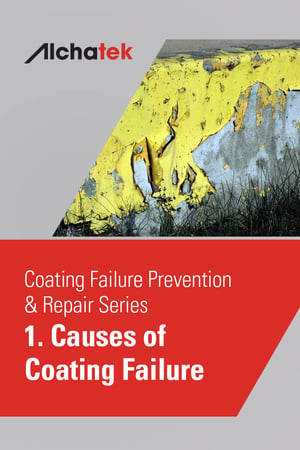
 Coatings are more than just a cosmetic layer on a structure; they play a vital role in protecting buildings from various environmental factors. Essentially, a coating is a layer of material applied to the surface of an object, intended to protect, decorate, or add functionality. In terms of structural integrity, coatings serve as a barrier against moisture, chemicals, UV radiation, and mechanical wear. They prevent corrosion, enhance durability, and ensure that the underlying material, such as concrete, metal, or wood, remains unharmed by external elements.
Coatings are more than just a cosmetic layer on a structure; they play a vital role in protecting buildings from various environmental factors. Essentially, a coating is a layer of material applied to the surface of an object, intended to protect, decorate, or add functionality. In terms of structural integrity, coatings serve as a barrier against moisture, chemicals, UV radiation, and mechanical wear. They prevent corrosion, enhance durability, and ensure that the underlying material, such as concrete, metal, or wood, remains unharmed by external elements.
Water Intrusion: A Major Cause of Coating Failures
Water intrusion is a common cause of coating failures. When water seeps into a structure, it can compromise the coating's adhesion to the substrate, leading to various forms of deterioration. The presence of water can cause blistering, and peeling, or even promote microbial growth, which accelerates the degradation process. Understanding the dynamics of water intrusion and its impact on different types of coatings is critical in diagnosing and addressing these failures effectively.
The Importance of Early Detection and Repair
The early detection and repair of coating failures are paramount in maintaining the structural health of a building. Regular inspections and maintenance can identify potential issues before they escalate into major problems. Understanding the signs of coating failure and the conditions that promote it is crucial for any maintenance or engineering team.
Causes of Coating Failure
Understanding why coatings fail enables architects, contractors, and facilities managers to mitigate risks during design, construction, and maintenance.
- Osmotic Blistering: Osmotic blistering occurs when water permeates through a coating, creating a difference in osmotic pressure which leads to blister formation. These blisters can lead to coating detachment and expose the underlying substrate to further damage.
- Microbially Induced Corrosion (MIC): MIC happens when microorganisms, such as bacteria and fungi, interact with coatings and the substrate, leading to accelerated corrosion. This can weaken structural integrity and lead to costly repairs or replacements.
- Poor Surface Preparation: Inadequate surface preparation can result in poor adhesion, leading to peeling, blistering, and delamination.
- Poor Coating Application: Common mistakes include uneven application, incorrect thickness, and improper curing.
- Adhesion Failure: Adhesion failure can occur due to incompatibility between the coating and substrate, and the presence of contaminants, or moisture.
- Cracking and Peeling: Cracking and peeling often occur due to environmental factors, movement in the substrate, or aging of the coating.
The Curtain Grouting Solution
Curtain grouting is a specialized construction technique used to prevent water intrusion in structures by creating a waterproof barrier. The process involves drilling a pattern of holes into a wall and then injecting a grout material, which usually forms a resin-soil mixture, to seal off water pathways. The next post will explore the curtain grouting process more deeply. Stay tuned for insights into leveraging curtain grouting to maintain structural integrity and longevity in the face of coating failures.



